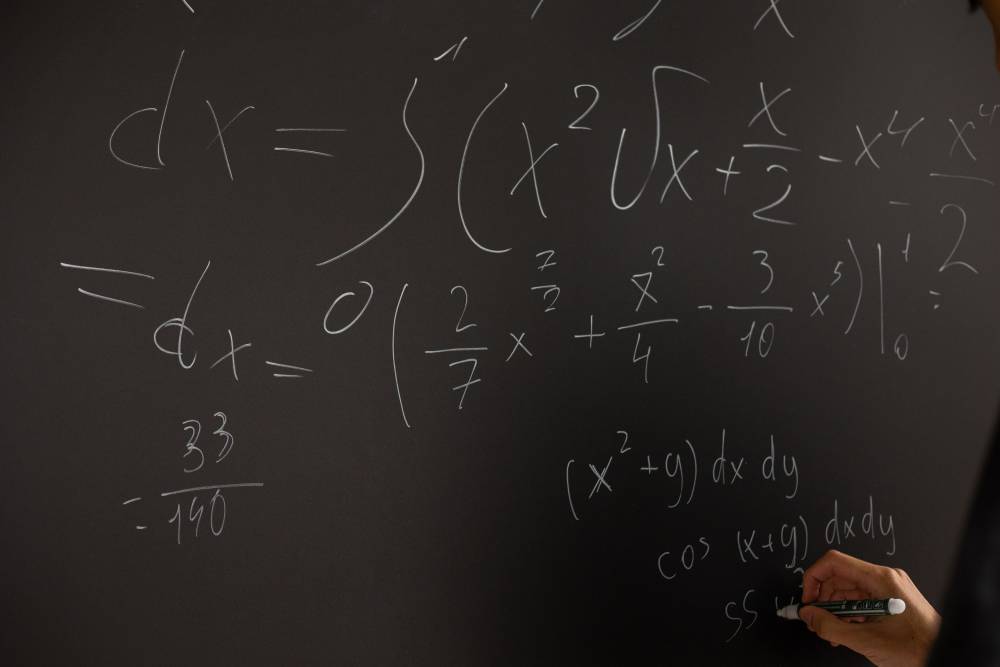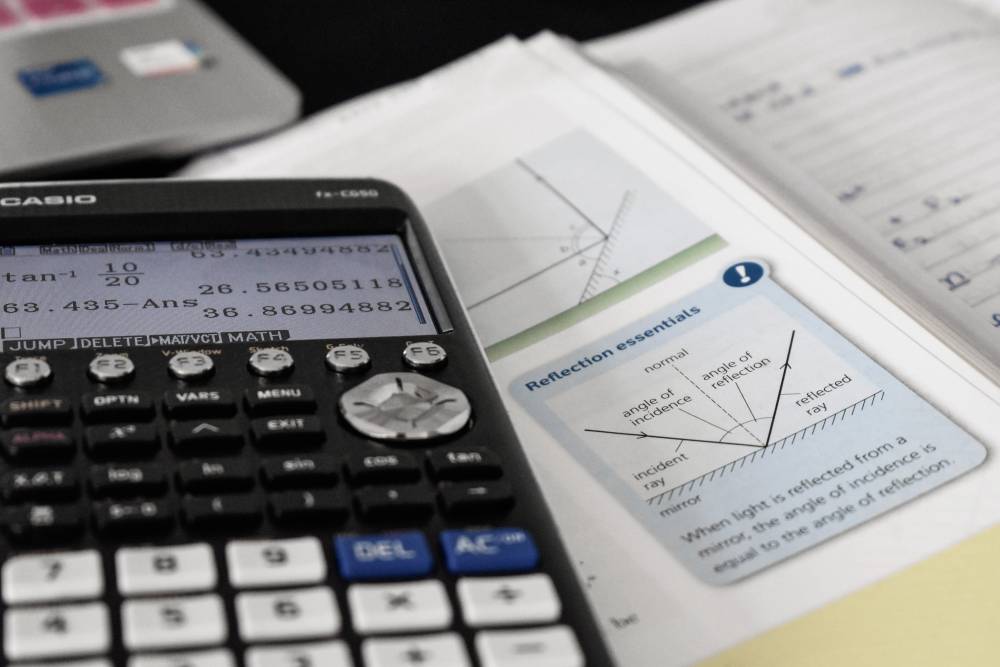The Importance of TOK in IBDP Education: Developing Critical Thinking and Global Perspectives
The Theory of Knowledge (TOK) is an interdisciplinary course that forms a core component of the International Baccalaureate Diploma Programme (IBDP). It is designed to develop critical thinking skills, encourage students to think independently, and provide them with a global perspective on complex issues. Through examining the nature of knowledge across different fields of study, TOK helps students to become more critical consumers of information and to evaluate evidence based on its reliability and validity. In this essay, we explore the importance of TOK in IBDP education and its impact on students' success in higher education and beyond.
Read moreMastering Calculus: Tips and Techniques for Overcoming its Challenges
Calculus is a fundamental subject in mathematics, engineering, physics, and many other fields. However, it is also known to be one of the most challenging subjects to learn. From understanding abstract concepts like limits and derivatives to solving complex problems involving integrals and differential equations, calculus can seem overwhelming to many students. The good news is that with the right mindset and approach, anyone can master calculus. The key is to focus on building a strong foundation of fundamental concepts and practicing regularly to improve problem-solving skills. In this article, we will provide tips and techniques for overcoming the challenges of calculus and achieving success in this exciting subject.
Read moreTrigonometry Modeling in IB SL Math AA: Applications in Engineering, Physics, and Architecture
Trigonometry modeling is a fundamental concept in IB SL Math AA that has a wide range of applications in various fields, including engineering, physics, and architecture. By applying trigonometric functions and identities to real-world situations, we can model the motion of objects, design structures, and analyze complex systems. One of the essential tools for trigonometry modeling is the unit circle, which allows us to define trigonometric functions in terms of the coordinates of points on the circle. The unit circle is used to model circular motion, such as the movement of a Ferris wheel or the rotation of planets in space. Trigonometry modeling is also crucial in designing structures such as suspension bridges, where the tension in cables must be calculated at specific angles to support the weight of the bridge. By studying trigonometry modeling in IB SL Math AA, students will develop a strong foundation that will prepare them for future academic and professional pursuits in STEM fields.
Read moreAmortization and Exponential Functions in IB SL Math AA: Understanding Loan Repayment and Financial Decision-Making
Amortization and exponential functions are important topics in IB SL Math AA as they are used to model the repayment process for loans. By understanding these concepts, students can make informed financial decisions about loans and investments. Exponential functions are used to calculate the interest on a loan over time, which is essential for determining the total amount that needs to be paid back. Additionally, the concept of present value is used to calculate the amount of money that is needed to pay off a loan over time. In this essay, we will explore how exponential functions are used in the context of amortization and how they can be applied in real-world situations.
Read moreLinear Modeling in IB SL Math AI: Understanding the Basics and Applications
Linear modeling is a crucial topic in IB SL Math AI that involves creating linear equations to represent the relationship between two or more variables. Linear equations are of the form y = mx + b, where y is dependent on x, and m represents the slope of the line, while b represents the y-intercept. Linear modeling has various applications in fields such as physics, economics, and social sciences, where students can use it to make predictions and analyze real-world problems. In this article, we will explore the basics of linear modeling, its applications, and the essential skills required to interpret and analyze linear models. By mastering linear modeling, students can build a strong foundation in mathematics and apply their skills to a wide range of fields and disciplines.
Read more






